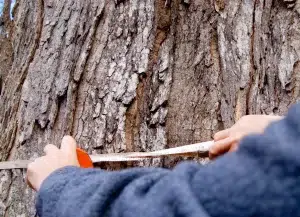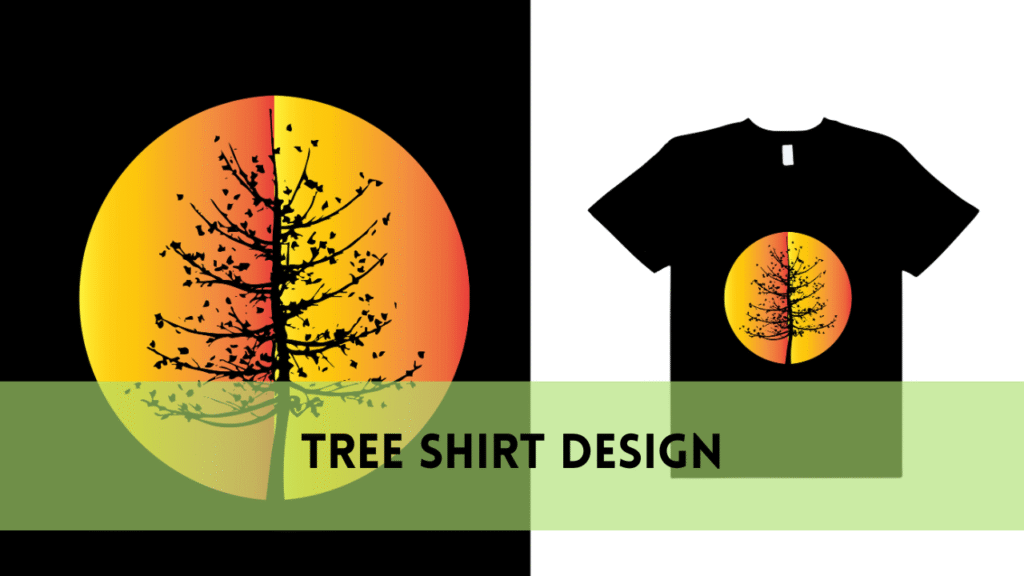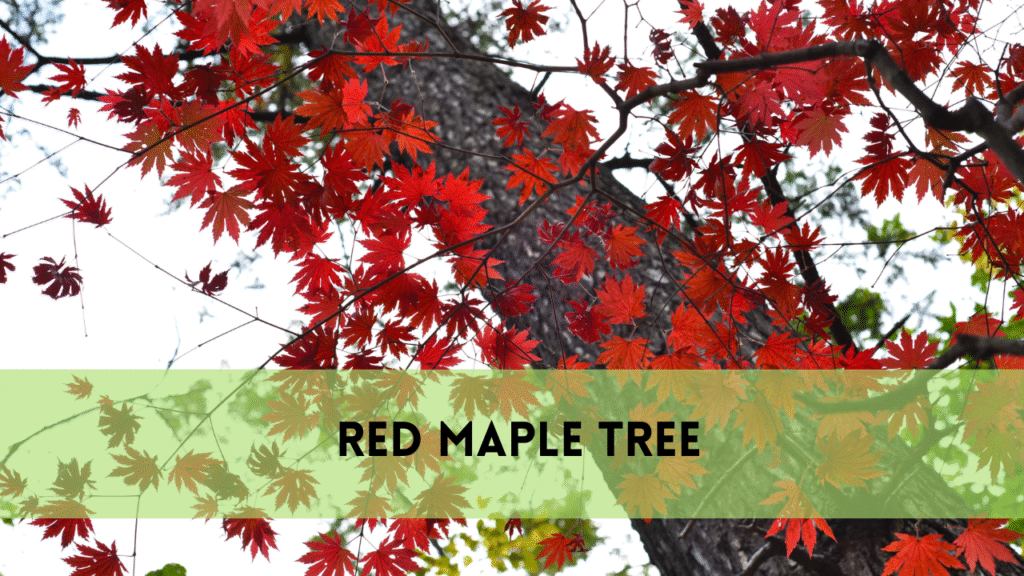What to Expect During a Tree Inspection?
Tree inspections are essential for ensuring your trees’ and property’s health and safety. For those familiar with arboriculture or want to learn more about the process, here’s a complete guide to what to expect during tree inspection.
What is tree inspection?
A licensed arborist thoroughly inspects trees to assess their health, safety, and structural integrity. The procedure entails inspecting several components of the tree’s roots, trunk, branches, and leaves for disease symptoms, pest infestations, decay, structural problems, and other potential threats. Arborists also look at environmental elements, including soil conditions and adjacent vegetation, which can impact tree health. Regular inspections aid in the early detection of problems, allowing for appropriate interventions to reduce dangers, improve tree longevity, and protect the safety of people and property in the area.
Why tree inspection is important
Safety: Regular tree inspections help identify and minimize possible hazards, such as weak branches or structural instability, thereby averting accidents and property damage.
Tree Health: Inspections can discover early signs of illness, pest infestations, or nutrient deficits, allowing for prompt intervention to keep trees healthy.
Property Value: Healthy, well-kept trees improve a property’s visual appeal and value, creating a more pleasant environment and better real estate prices.
Legal Compliance: Property owners in many areas are required by law to ensure that trees on their property do not endanger public safety or adjacent properties.
Environmental Benefits: Trees help to clean the air, sequester carbon, and provide a home for wildlife. Regular inspections guarantee that trees will continue to offer these critical environmental advantages.
What to Expect During a Tree Inspection
Initial Consultation: Setting Expectations
Inspection Purpose: The arborist will first determine the primary reason for the inspection. This could include routine health checks, detecting specific problems, or preparing for building.
Client Objectives: Clarifying the property owner’s inspection goals lets you personalize your approach.
Visual Assessment: The First Look
Overall Tree Health: The arborist starts by performing a general visual inspection to assess the tree’s health.
Canopy Condition: Assessing the density, colour, and distribution of foliage to identify any anomalies.
Structural integrity involves inspecting the trunk, branches, and significant limbs for evident symptoms of damage or disease.
Ground-Level Inspection: Up close and personal
Root Collar Examination: Check the tree’s base for symptoms of girdling roots, rot, or other root-related issues.
Soil Condition: Assess soil compaction, moisture levels, and any signs of poor drainage that could jeopardize tree health.
Advanced diagnostics: going beyond the surface.
Tree Tapping: Use a mallet to tap the trunk and listen for hollow sounds that may indicate internal degradation.
The resistograph test measures the resistance of wood using a specialised tool. A small probe is driven into the wood to reveal interior rot or damage.
Tomography creates an image of a tree’s internal structure using sound waves, similar to a medical ultrasound.
Disease and Pest Identification: Detecting Invasors
Symptoms and Signs: Identifying disease-related symptoms such as cankers, gushing sap, and odd leaf patches.
Pest Evidence: Look for physical evidence of insect infestations, such as boreholes, frass, or insects.
Soil and Nutrient Analysis: Establishing a Strong Foundation
Soil sampling is the process of taking soil samples for laboratory examination to detect nutrient levels, pH balance, and the presence of pollutants.
Assessing the root zone to ensure that it promotes healthy root growth.
Risk Assessment: Ensure Safety
Potential hazards include identifying branches or trees at risk of falling.
We evaluate splits, cracks, and other structural defects that might compromise the tree’s stability.
Reporting and Recommendations: The Path Forward
Detailed Report: Providing a complete report summarising the inspection findings.
Treatment Recommendations: To solve detected problems, make specific recommendations, such as trimming, cabling, or soil amendments.
Management Plan: Creating a long-term tree care and maintenance strategy to ensure continued health and safety.
Follow-Up: Monitoring Progress
Regular Check-Ups: Schedule periodic examinations to assess the tree’s health and treatment efficacy.
Adjustments and Updates: Changes to the management plan are made as necessary based on the tree’s reaction and any new difficulties.
Related Posts:
FAQS
What are the most common signs that my tree requires an inspection?
Look for indications such as dead or dying branches, unusual leaf drops, signs of disease such as cankers or fungal growth, and any apparent tilting or instability in the tree.
How often should we conduct tree inspections?
Generally, experts recommend having a professional tree inspection once a year. However, extra inspections may be required following extreme weather events like thunderstorms or significant snowfall.
What instruments and techniques do arborists employ during their inspections?
Arborists use many tools, including binoculars for visual assessments, mallets for sound tests to detect internal degradation, seismographs, and even drones to investigate large or inaccessible trees.
What happens if the inspection reveals a problem?
If the arborist finds problems, they will offer treatment recommendations that could include trimming, disease control, soil remediation, or, in extreme cases, tree removal.
Can an inspection help prevent future tree issues?
Yes, regular inspections can identify early signs of potential problems, enabling the implementation of preventive measures. This preventive strategy promotes tree health and prevents costly future damage or safety issues.
Conclusion
Regular tree inspections are critical for ensuring your trees’ and property’s health and safety. By detecting possible problems early, such as disease, pest infestations, structural flaws, or environmental stress, you may take proactive steps to reduce risks and improve the durability and attractiveness of your landscape. Working with a professional arborist ensures a complete and educated inspection, giving you peace of mind and a specific action plan for future tree maintenance. Remember that a healthy tree is a beautiful asset to your property, providing aesthetic appeal and environmental benefits.





